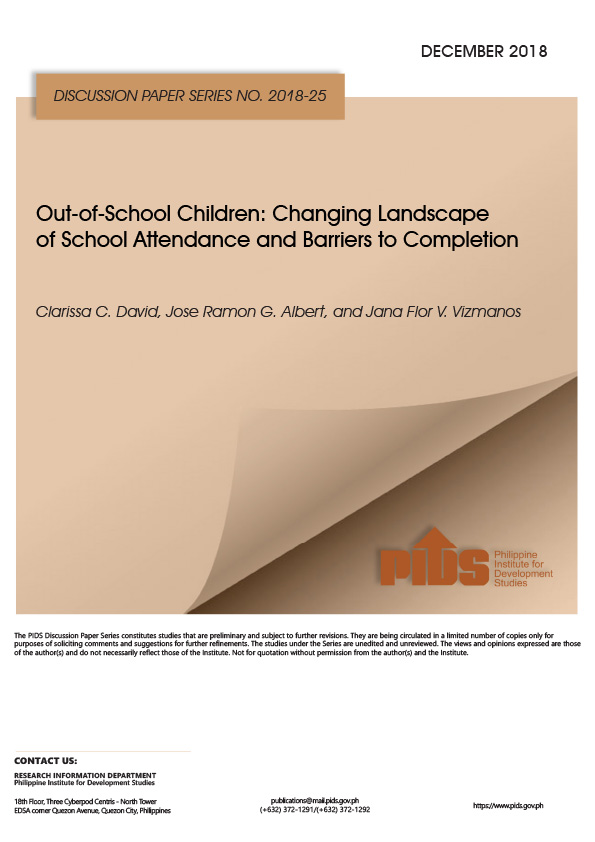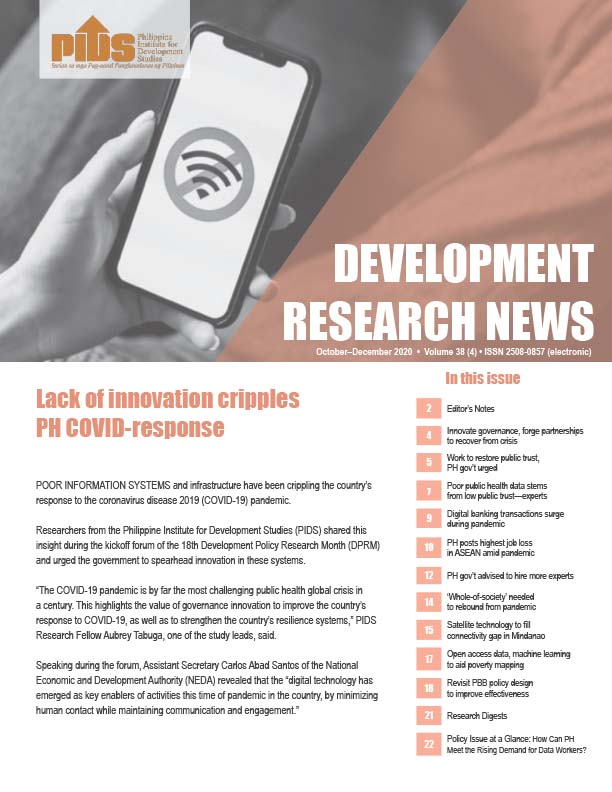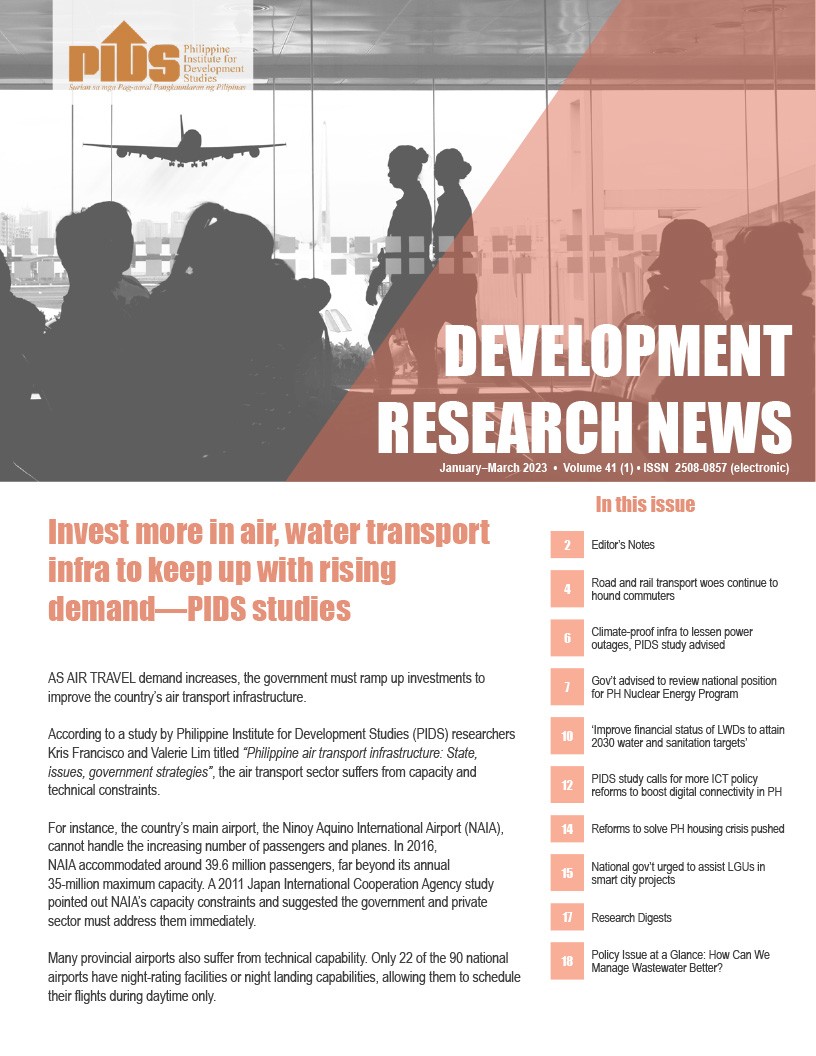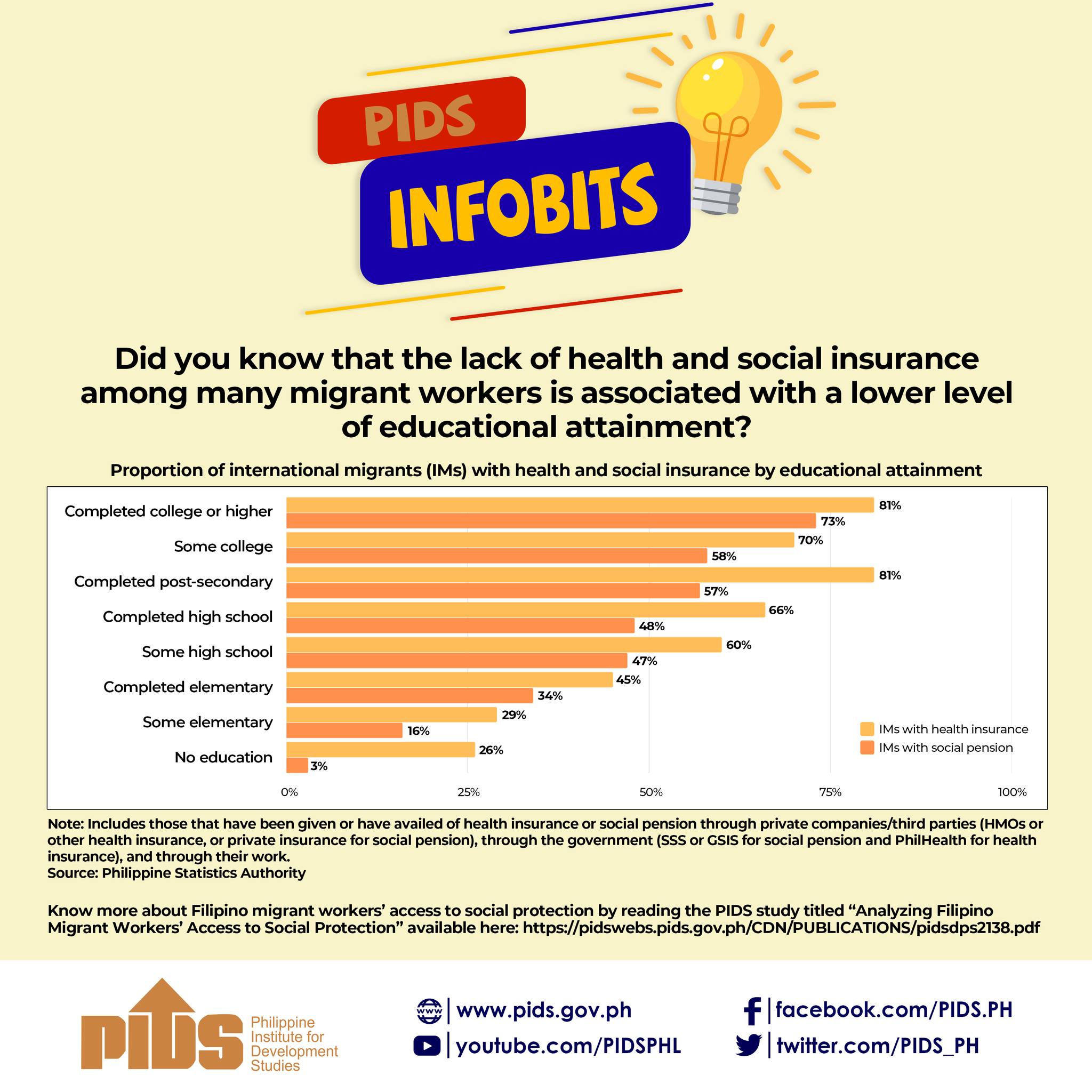An expert from the state-owned Philippine Institute of Development Studies (PIDS) attributed the country’s poor infrastructure to the decline in official development assistance (ODA). In a statement, PIDS Senior Research Fellow Dr. Adoracion Navarro said the decline in ODA is among the major factors to blame for the country’s underinvestment in infrastructure. She said in 2012 only 11 percent of the total appropriated budget for infrastructure was spent–a scenario that has not changed since 2010. In the same year, ODA loans for infrastructure was more than $5 million but was relatively smaller than in 2008, which was more than $6 million. "Philippines infrastructure is worse than Cambodia’s,” Navarro said. "In the Global Competitiveness Report 2012-2013 of the World Economic Forum, the Philippines is ranked 98th among 144 countries in terms of quality of overall infrastructure.” Navarro added that as of 2013 there are 21 projects in the pipeline under the public-private partnership scheme. The required investments in 18 of these projects are projected at $5 billion; three of the 21 projects do not have cost estimates yet. To address this problem, Navarro challenged stakeholders in the financial sector to take advantage of the liquid financial market, given the huge costs of the infrastructure projects and the single-borrower limits faced by banks in direct lending. She added that given the maturity of lending capital by Philippine banks at around 10 to 15 years, and the long gestation of infrastructure projects (around 25 to 30 years), the government could facilitate the creation of credit enhancements for infrastructure bonds that can be issued by private issuers. "The government should also organize a group of experts from both the private and public sectors to formulate clear mechanisms and an institutional setup to mobilize bank resources for infrastructure financing,” Navarro said.
Related Posts
Publications
Press Releases
Video Highlights
[No related items]








